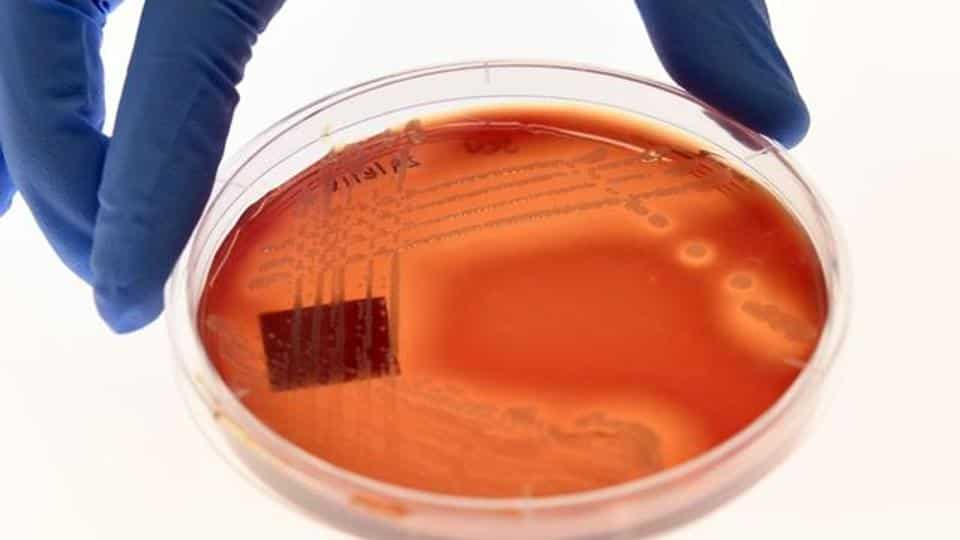
Superbugs — disease-causing bacteria and micro-organisms resistant to conventional medicines — aren’t caused just by overuse of antibiotics but also by poor sanitation, unsafe water, higher income and education (because these improve access), corruption and low public health spending, even hotter weather, according to a new study.
Overuse and misuse of antibiotics have long been believed to fuel antimicrobial resistance (AMR), but new research shows that simply lowering consumption is not enough. Poor sanitation, corruption and low public health spending have a bigger role in pushing up drug-resistant infections in low-income and middle-income countries (LMICs), including India, according a study published in Lancet Planetary Health.
“Lowering of antibiotic consumption is not sufficient because the spread of resistant strains and resistance genes are the dominant contributing factor,” said study co-author Ramanan Laxminarayan from the Princeton Environmental Institute, University of Princeton, US.
“Providing sanitation, clean water and good governance, increasing public health expenditure and better regulating the private health sector are all necessary to reduce antimicrobial resistance,” added Laxminarayan.
“This is not to say that antibiotic consumption should not be lowered; it is an important factor to lower AMR when all these other correlations have been fixed. Simply reducing consumption will not enough when the resistant gene is out there, we must stop transmission by fixing all the above,” he said.
Quantifying the effects of improving the indices with the most potential for reducing antimicrobial resistance, the study found E coli resistance levels fall by 18.6% for every one standard deviation improvement in the infrastructure index. Additionally, there was a 5.5% decrease in E coli resistance levels if the governance index was improved by one standard deviation.
“In India, antibiotics are used most often to treat diarrhoea and upper respiratory tract infections, both of which can be reduced by improving sanitation, providing clean water, adopting personal hygiene and getting vaccinated,” said Kamini Walia, senior scientist and programme officer ( antimicrobial resistance), Indian Council of Medical Research.
Even temperature has a role to play. The warmer the country, the higher its antimicrobial resistance levels, found the study. Studies in the past, including one published in Nature Climate Change in May, have linked higher local temperatures and population densities with more antibiotic resistance in common bacterial strains.
“Warm temperatures offer more potential for bacteria to multiply and transfer antimicrobial resistance, as do higher insect populations, which also spread resistant bacteria. It’s worrying for countries like India, which are recording more hot days,” said Laxminarayan.
Other factors that pushed up antimicrobial resistance in LMICs were higher income, education and a high number of private clinics. “Along with increasing online sales and misuse of antibiotics as an infection control and growth factor in animals, higher income and education help to improve access and raise the risk of overuse. India has to improve regulation and create models for sanitation and hygiene, including in animal and poultry breeding,” said Walia.
“Containing antimicrobial resistance needs a multi-pronged approach, there is no magic bullet,” Laxminarayan said
[“source=hindustantimes”]







